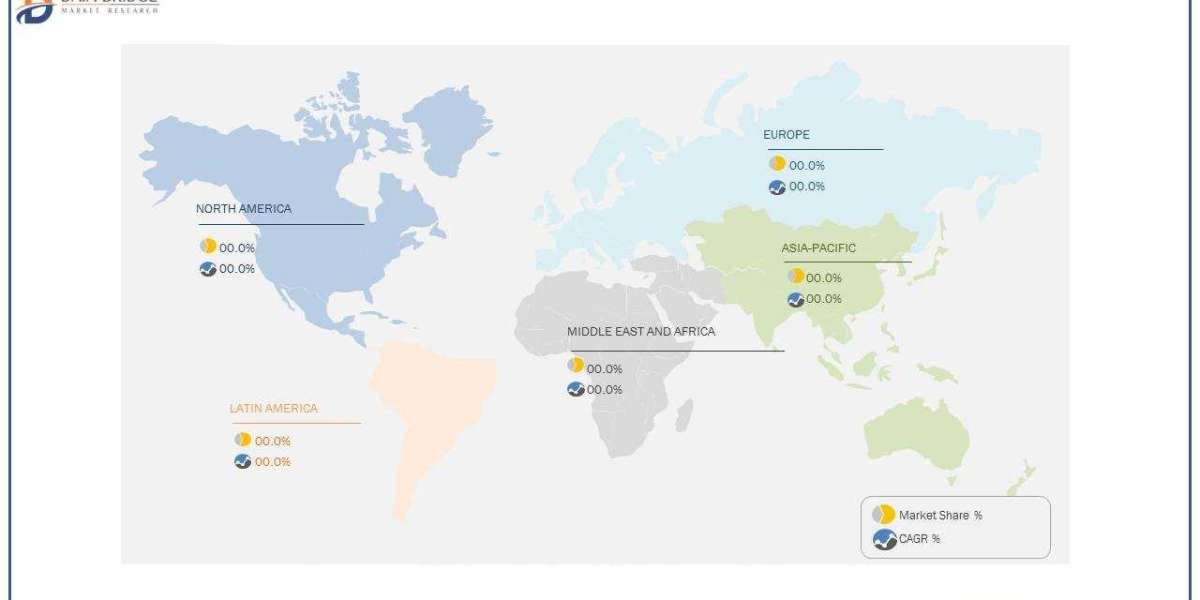In today’s fast-paced digital world, the demands on data centers have increased exponentially, leading to the need for streamlined, efficient networking solutions. Converged Network Adapters (CNAs) have emerged as a critical component in modern data centers, combining storage and network traffic into a single interface. This approach simplifies network architecture, reduces hardware costs, and improves overall performance. This article explores what converged network adapters are, their benefits, and why they are important in today’s networking landscape.
What is a Converged Network Adapter (CNA)?
A Converged Network Adapter is a hardware component that consolidates both storage area network (SAN) traffic and local area network (LAN) traffic over a single connection. Traditionally, data centers use separate interfaces to handle storage and network data, with SAN handling storage-related traffic like data backups and LAN managing regular network traffic like emails, web traffic, and file transfers. CNAs combine these functions into one adapter, reducing the need for multiple physical network cards and cables.
By merging both network and storage capabilities, CNAs utilize Fibre Channel over Ethernet (FCoE) or Internet Small Computer System Interface (iSCSI) protocols to handle SAN traffic over the same Ethernet cable, streamlining operations and reducing complexity.
Key Features of Converged Network Adapters
- Unified Networking CNAs bring together data and storage traffic under one roof, eliminating the need for separate hardware components such as traditional Network Interface Cards (NICs) and Host Bus Adapters (HBAs). This convergence leads to fewer cables and switch ports, simplifying network design.
- High Bandwidth Support Modern CNAs support high-speed network connections, typically ranging from 10 Gbps to 100 Gbps, ensuring that both network and storage traffic can move quickly and efficiently. This is particularly useful in environments where large volumes of data are transferred regularly, such as data backups or virtual machine (VM) migrations.
- Protocol Support CNAs typically support multiple storage protocols such as iSCSI, FCoE, and RDMA (Remote Direct Memory Access), allowing for versatility in data center configurations. This broad protocol support ensures CNAs can be integrated into various network environments, from traditional setups to next-gen infrastructure.
- Reduced Latency By consolidating network and storage data over a single connection, CNAs help reduce latency, providing faster response times for applications. This is particularly beneficial for high-performance computing (HPC) environments and applications that require real-time data access.
Benefits of Using Converged Network Adapters
- Cost Reduction One of the most significant advantages of CNAs is the reduction in hardware and associated costs. Data centers typically require separate interfaces and switches for LAN and SAN traffic, but CNAs eliminate the need for these additional components. By consolidating network infrastructure, CNAs reduce the number of required ports, cables, and switches, cutting both capital expenditures (CapEx) and operational expenditures (OpEx).
- Simplified Management Data center operators often face challenges in managing complex infrastructures with separate storage and networking solutions. CNAs simplify this by consolidating the management of storage and network traffic into one unified system. This leads to easier configuration, fewer components to troubleshoot, and a reduced risk of downtime caused by hardware failure.
- Increased Data Center Efficiency The convergence of network and storage functions in a CNA helps improve overall data center efficiency. With fewer components to manage, administrators can focus on optimizing performance rather than troubleshooting compatibility issues or maintaining separate systems. The consolidation of resources also reduces power consumption, cooling needs, and rack space, contributing to a greener and more energy-efficient data center.
- Improved Scalability As data center demands grow, scalability becomes crucial. CNAs make it easier to scale network resources by reducing the physical hardware footprint and enabling higher bandwidth connections. This allows data centers to accommodate more traffic, applications, and virtual machines without a corresponding increase in complexity.
- Better Performance for Virtualized Environments Virtualization is a key aspect of modern data centers, and CNAs play a vital role in ensuring optimal performance in these environments. By combining storage and network traffic, CNAs reduce the number of network adapters required for virtual machines. This improves VM density, optimizes workload distribution, and allows for more efficient use of hardware resources.
- Optimized for Next-Generation Networks CNAs are designed to meet the demands of next-generation data centers, including those built around software-defined networking (SDN) and hyper-converged infrastructure (HCI). The high-bandwidth, low-latency connections offered by CNAs make them ideal for data centers that are transitioning to SDN and HCI frameworks, where rapid data movement is essential.
Use Cases for Converged Network Adapters
- Cloud Data Centers Cloud data centers require a network infrastructure that can handle massive amounts of data traffic efficiently. CNAs are well-suited to cloud environments, where they simplify network architectures and reduce costs. By combining storage and network traffic into one interface, CNAs help cloud service providers deliver faster, more reliable services while minimizing hardware requirements.
- Enterprise Virtualization Many enterprises rely on virtualization to maximize the use of hardware resources and optimize workloads. CNAs allow enterprises to improve VM performance by reducing the number of required physical network interfaces. This leads to a streamlined infrastructure that’s easier to manage and scale as business needs evolve.
- High-Performance Computing (HPC) High-performance computing environments demand low-latency, high-throughput networking to process large data sets quickly. CNAs provide the bandwidth and efficiency necessary for HPC environments, enabling faster data transfers and better resource utilization. By consolidating storage and network traffic, CNAs help HPC environments meet their demanding performance requirements.
- Data-Intensive Applications Applications such as big data analytics, machine learning, and artificial intelligence often require rapid access to large volumes of data. CNAs ensure that data is transferred quickly and efficiently between storage systems and compute nodes, reducing processing times and improving application performance.
Challenges of Converged Network Adapters
While CNAs offer many benefits, they also come with challenges. One of the primary concerns is ensuring that network administrators have the necessary skills to manage converged infrastructure. Additionally, migrating to a CNA-based environment requires careful planning and may involve significant upfront investment in new hardware.
Another potential challenge is network congestion. With both storage and network traffic converging over a single connection, there's a risk of bottlenecks if the bandwidth isn’t sufficient to handle peak traffic loads. However, with the right design and capacity planning, these risks can be mitigated.
Conclusion
Converged Network Adapters are a key component of modern data centers, offering a range of benefits from cost savings to improved performance and simplified management. By combining storage and network traffic into one unified solution, CNAs help data centers operate more efficiently, scale more easily, and handle the demands of next-generation networks like cloud computing, HPC, and virtualization.
As the technology continues to evolve, CNAs will play an increasingly important role in meeting the growing needs of data centers, helping organizations achieve faster, more reliable, and more cost-effective networking solutions.
For more details, visit us:








